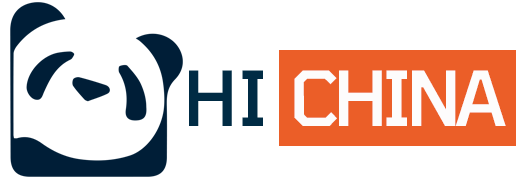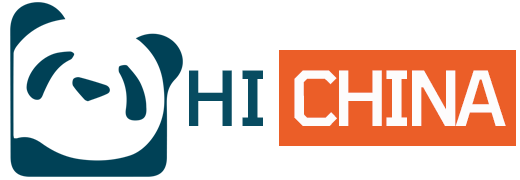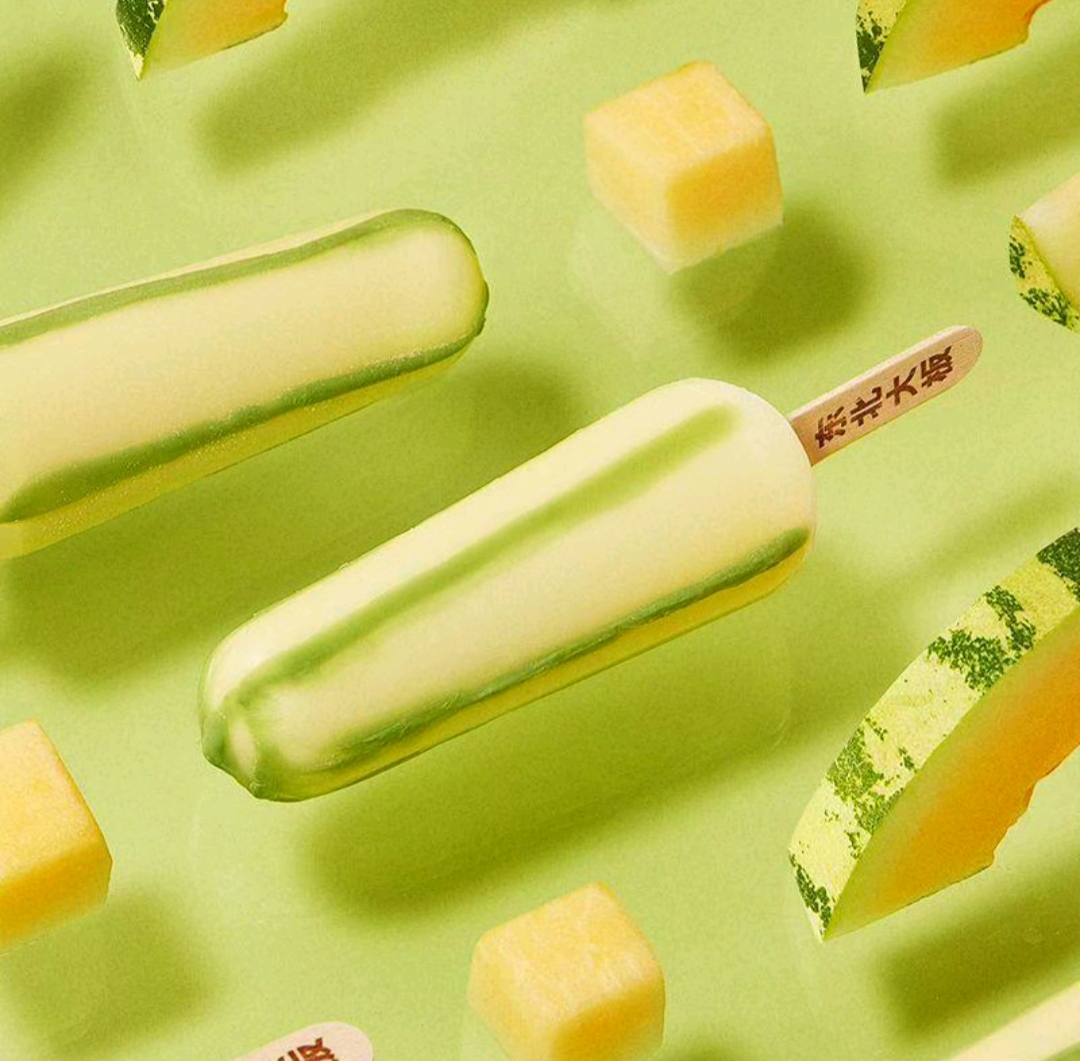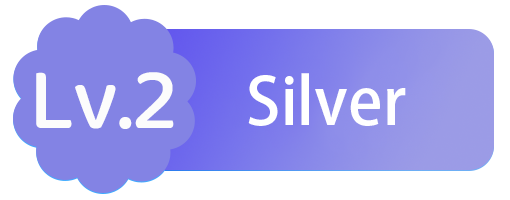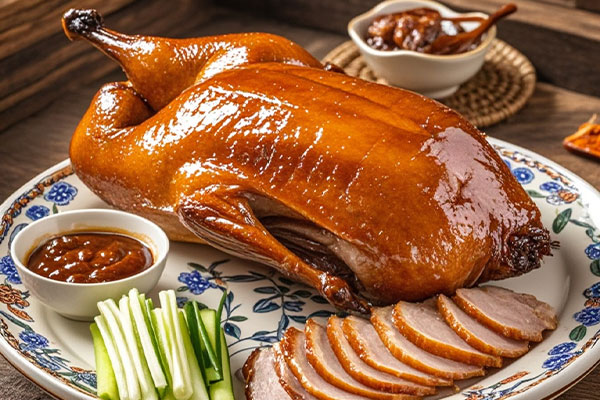Acupuncture and Moxibustion
Acupuncture and moxibustion, collectively referred to as "acupuncture," is a traditional Chinese medicine (TCM) therapy that involves stimulating specific points on the body—commonly known as acupuncture points—to regulate qi (energy) and blood flow, thereby promoting healing and restoring balance to the body. This ancient practice dates back several thousand years and is widely used today for pain relief, stress reduction, and the treatment of various medical conditions.
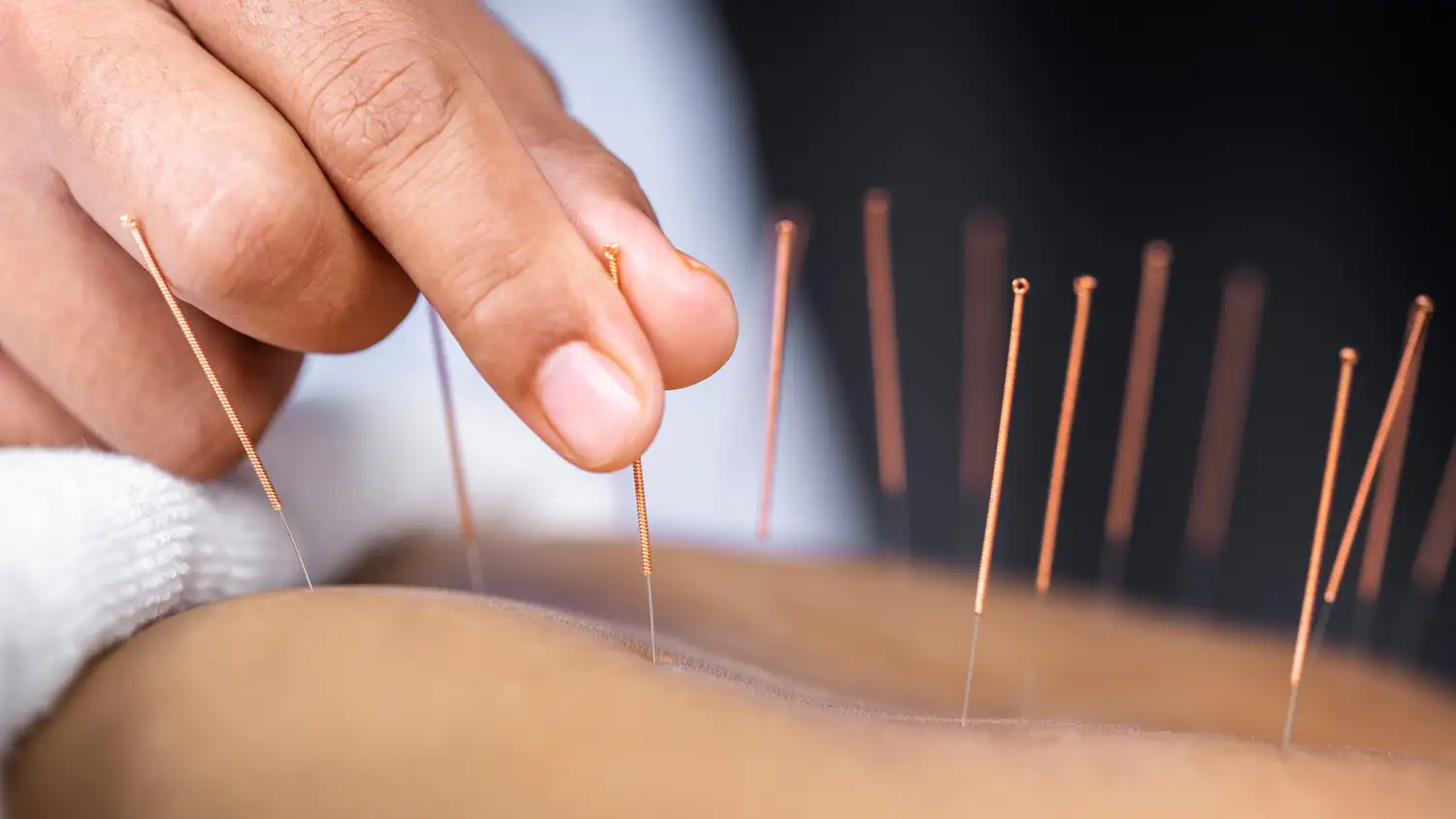
Key Components
- Acupuncture Points: These are specific locations on the body where qi is believed to be more accessible and responsive to stimulation.
- Acupuncture Needles: Thin, sterile needles are inserted into the skin at acupuncture points to stimulate qi flow.
- Moxibustion: Involves burning mugwort (Artemisia vulgaris) on or near acupuncture points to warm and invigorate the area, enhancing qi circulation.
Benefits and Applications
- Pain Management: Effective for treating chronic pain conditions such as headaches, arthritis, and neck/back pain.
- Stress Reduction: Helps alleviate stress, anxiety, and depression by promoting relaxation and balancing the body's energy.
- Internal Disorders: Used to treat digestive issues, gynecological problems, respiratory conditions, and more.
- Holistic Health: Supports overall well-being by boosting the immune system and enhancing natural healing processes.
Spread, Influence, Schools, and Famous Practitioners Worldwide
Spread and Influence
Acupuncture has spread across the globe, with a significant presence in over 196 countries and regions. It is recognized for treating over 461 diseases, encompassing 972 different medical conditions. Key milestones in its international recognition include:
- Early Transmission: As early as the 6th century, acupuncture was transmitted to Korea. By the 6th century AD, it reached Japan, followed by Southeast Asia, Europe, and eventually the Americas.
- Modern Acceptance: The Nixon visit to China in 1972 marked a turning point in the acceptance of acupuncture in the United States, leading to a surge in its popularity and the establishment of numerous acupuncture schools.
- UNESCO and WHO Support: The World Health Organization has recommended acupuncture for the treatment of 43 conditions, and international organizations have supported the establishment of training centers in Beijing, Shanghai, and Nanjing.
Schools of Acupuncture
Various acupuncture schools have developed over time, each with its unique approach and techniques:
- Yang's School of Acupuncture: Founded by Yang Jizhou in the Ming Dynasty, it emphasizes the harmony between heaven and humanity, dialectical selection of meridians, and selection of acupuncture points along meridians.
- Guan's Special Acupuncture School: Originating in the Qing Dynasty, this school innovated in meridian dialectics, acupuncture techniques, tongue acupuncture, and ear acupuncture.
- Chengjiang School of Acupuncture: Led by Cheng Dan'an, this modern school is pivotal in the establishment of acupuncture education and research systems.
- Zheng's School of Acupuncture:Founded by Zheng Kuishan, it specializes in treating acute, severe, and difficult cases using unique acupuncture techniques.
Famous Practitioners
- Cheng Dan'an: Renowned for his contributions to modern acupuncture education and research, he founded the Chengjiang School of Acupuncture.
- Zheng Kuishan: Known as the "Northwest Acupuncture King," he was a prominent figure in contemporary acupuncture technique development.
- Wang Shengqiang: A highly recommended TCM practitioner, he has conducted lectures on TCM at the Chinese Embassy in France.
Precautions and Safety
While acupuncture is generally considered safe when practiced by a licensed and experienced practitioner, it's important to consult with a healthcare professional before starting treatment, especially if you have a bleeding disorder, are pregnant, or have a pacemaker.
Glossary (Chinese-English)
- 针灸 (Zhēn Jiǔ): Acupuncture and moxibustion
- 穴位 (Xué Wèi): Acupuncture point
- 针 (Zhēn): Needle
- 灸 (Jiǔ): Moxibustion
- 气 (Qì): Qi (energy)
- 气血 (Qì Xuè): Qi and blood
- 经络 (Jīng Luò): Meridians (energy channels)
- 中医 (Zhōng Yī): Traditional Chinese Medicine (TCM)
- 慢性病 (Màn Xìng Bìng): Chronic illness
- 整体健康 (Zhěng Tǐ Jiàn Kāng): Holistic health
